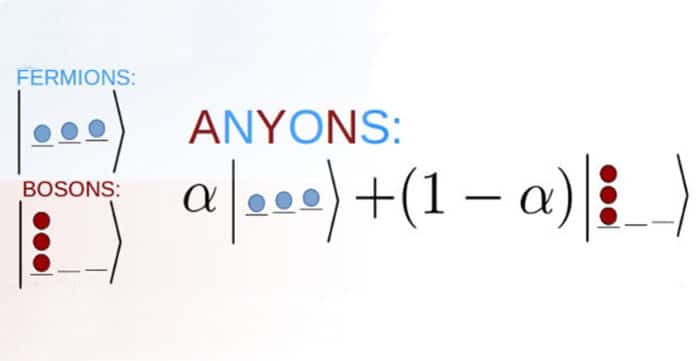Up until now, there have been numerous endeavors to improve the exploratory proof of anyons via looking for approaches to contemplate the FQH effect and comprehend its underlying physics in exceptionally controllable quantum systems, for example, cool atoms or photonic quantum simulators.
Some studies have demonstrated that light-matter interactions can create and trap fractional quasiparticles in atomic gasses or electronic systems. Using time-of-flight imaging, measure signatures of fractional insights conveyed by the total angular momentum of a fractional quantum Hall system.
A new study describes a new approach to anyon detection, which is crucial for increasing exotic quantum matter knowledge.
Unlike previous studies, this new study opens up a new possibility that requires neither particle exchange nor interferometry.
The study was conducted by the Tobias Grass, Niccolo Baldelli, and Utso Bhattacharya, led by ICREA Prof. at ICFO Maciej Lewenstein, and in collaboration with Bruno Julia-Díaz from the University of Barcelona.
Instead, the authors propose to follow the conduct of the anyons by binding impurity particles to them. In particular, the normal angular momentum of a single impurity is appeared to take characteristic esteems that are conceivably fractional.
For a system of multiple impurities, the total angular momentum should depend on how these effective single-impurity levels are filled. Strikingly, the authors’ value corresponds neither to the filling of a Fermi sea nor to the condensation of a bosonic mode. Instead, the impurity angular momentum interpolates between these limiting cases, and the fractional statistical parameter of the anyons can be straightaway inferred from this interpolation.
Their discovery conspires density measurements and may be appropriate to Abelian quantum Hall phases in electronic materials just as in photonic or atomic quantum simulators. The authors additionally examine potential speculations toward non-Abelian anyons. Since the pollutions understand a non-interacting gas of anyons, their work also represents the possibility of reviewing anyonic systems’ complicated thermodynamics.
Journal Reference:
- Tobias Graß et al., Fractional Angular Momentum and Anyon Statistics of Impurities in Laughlin Liquids, Physical Review Letters (2020). DOI: 10.1103/PhysRevLett.125.136801
